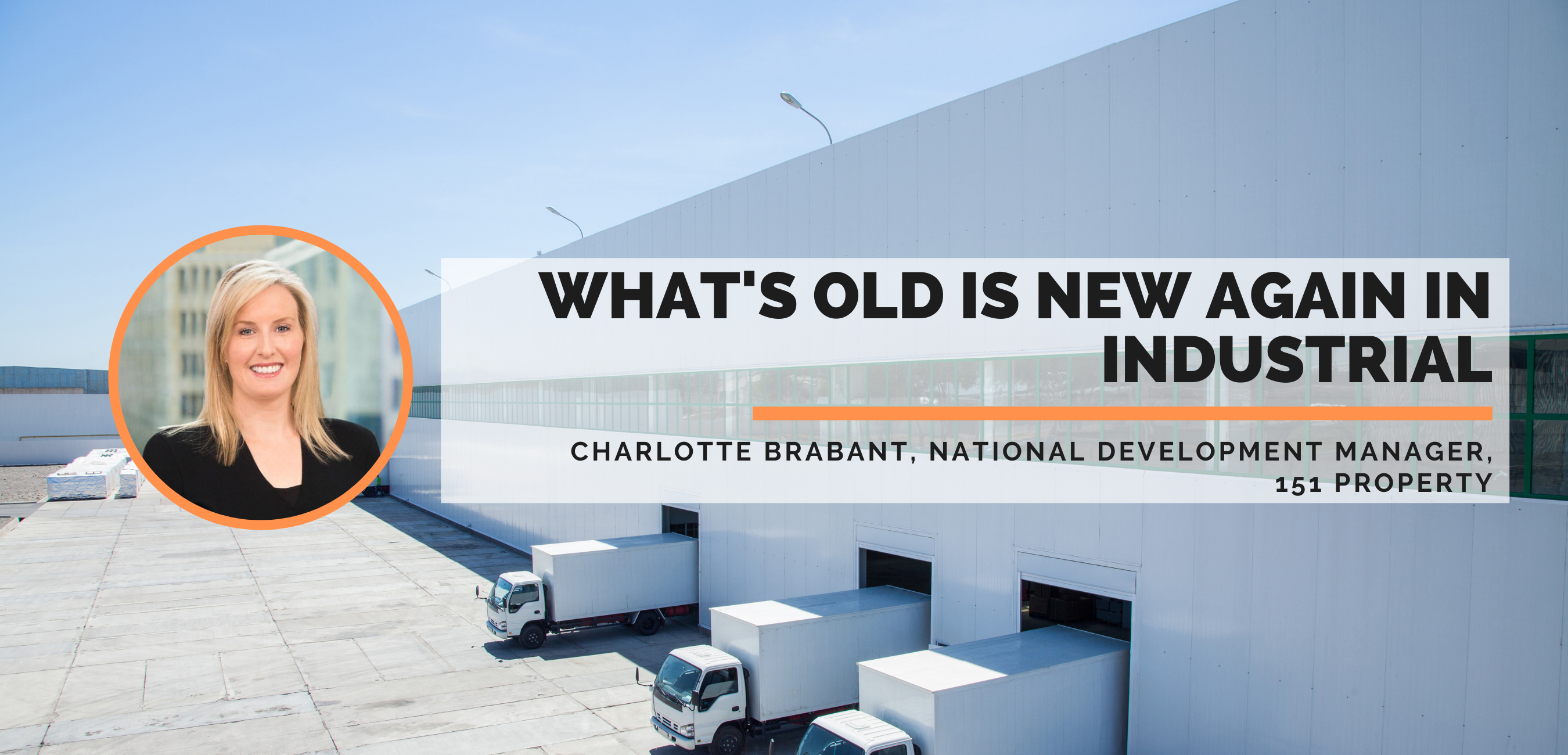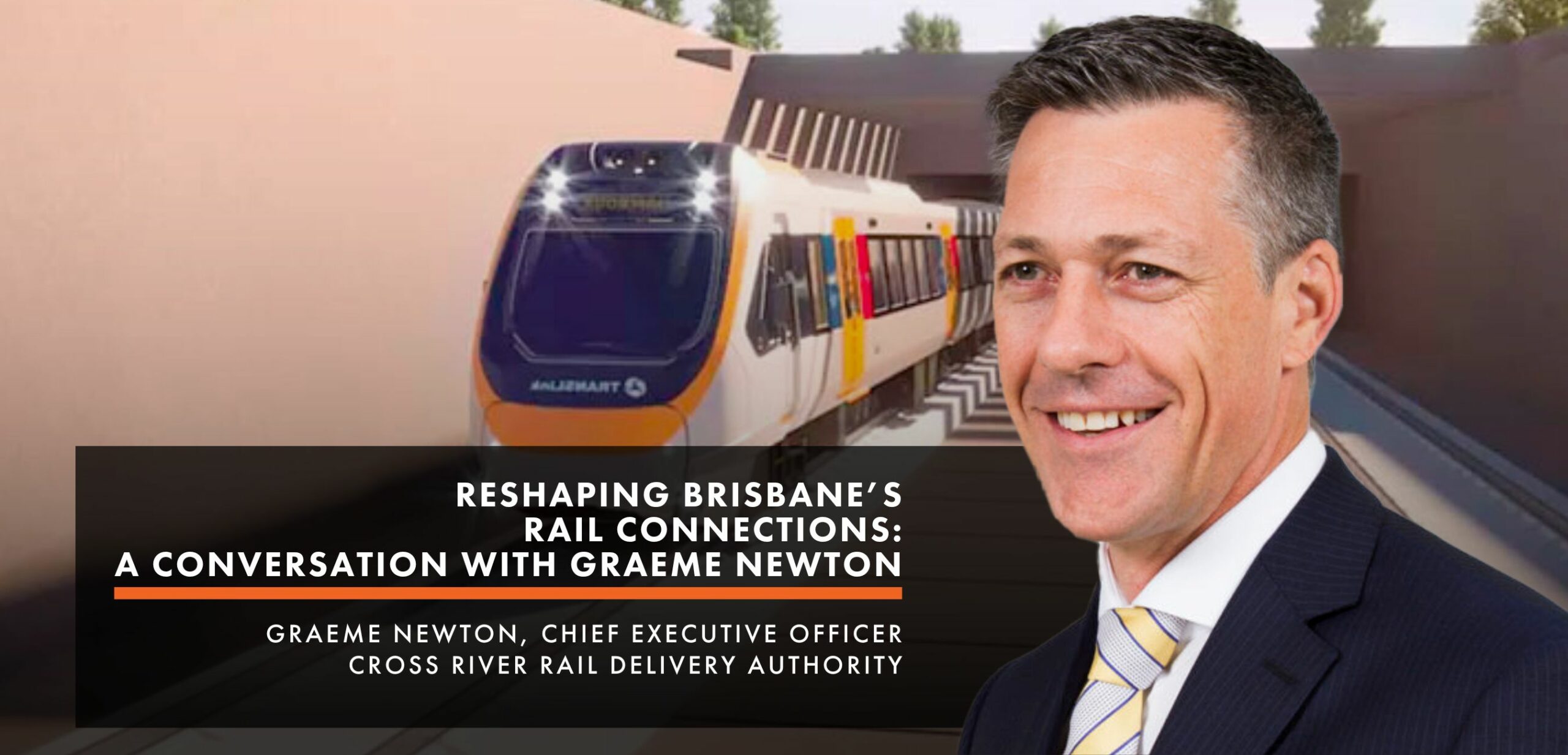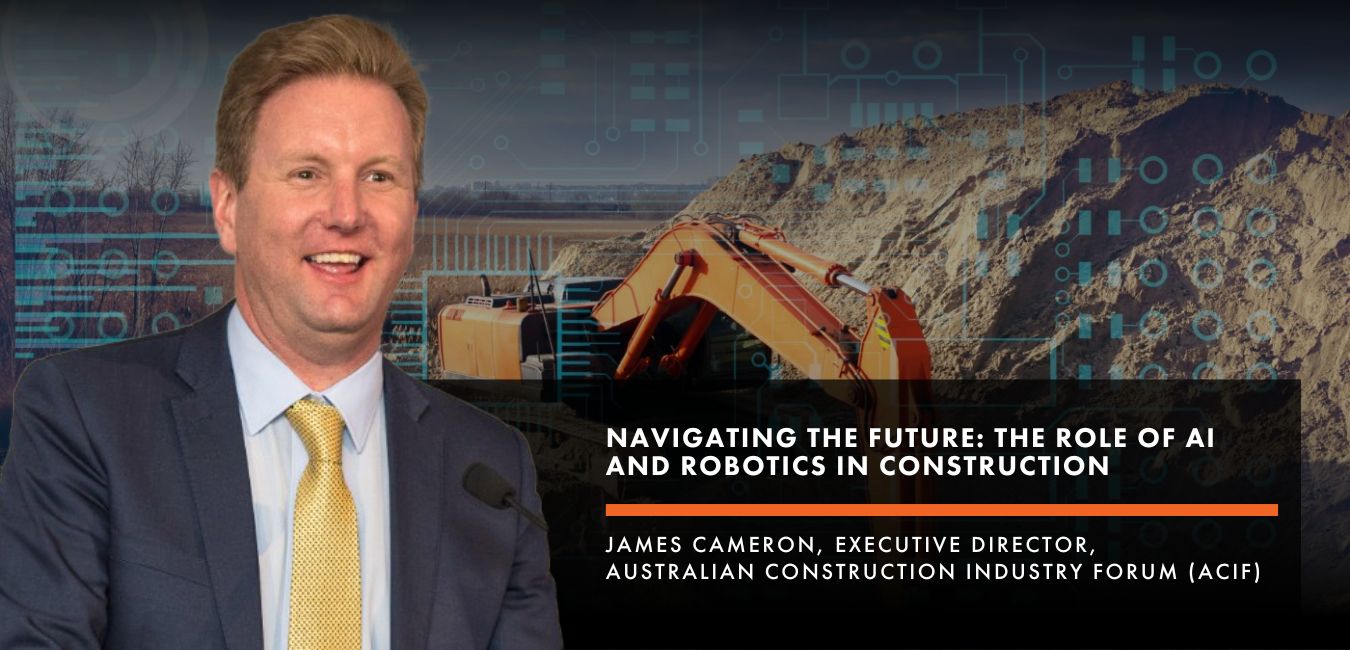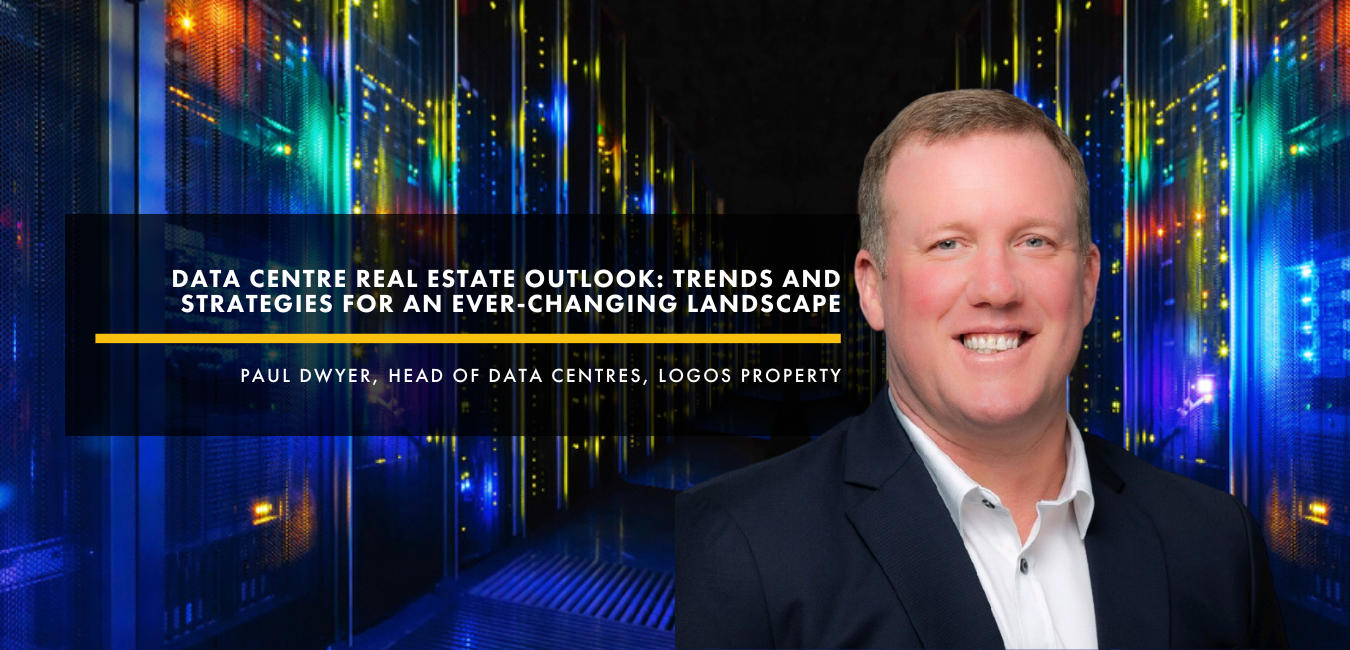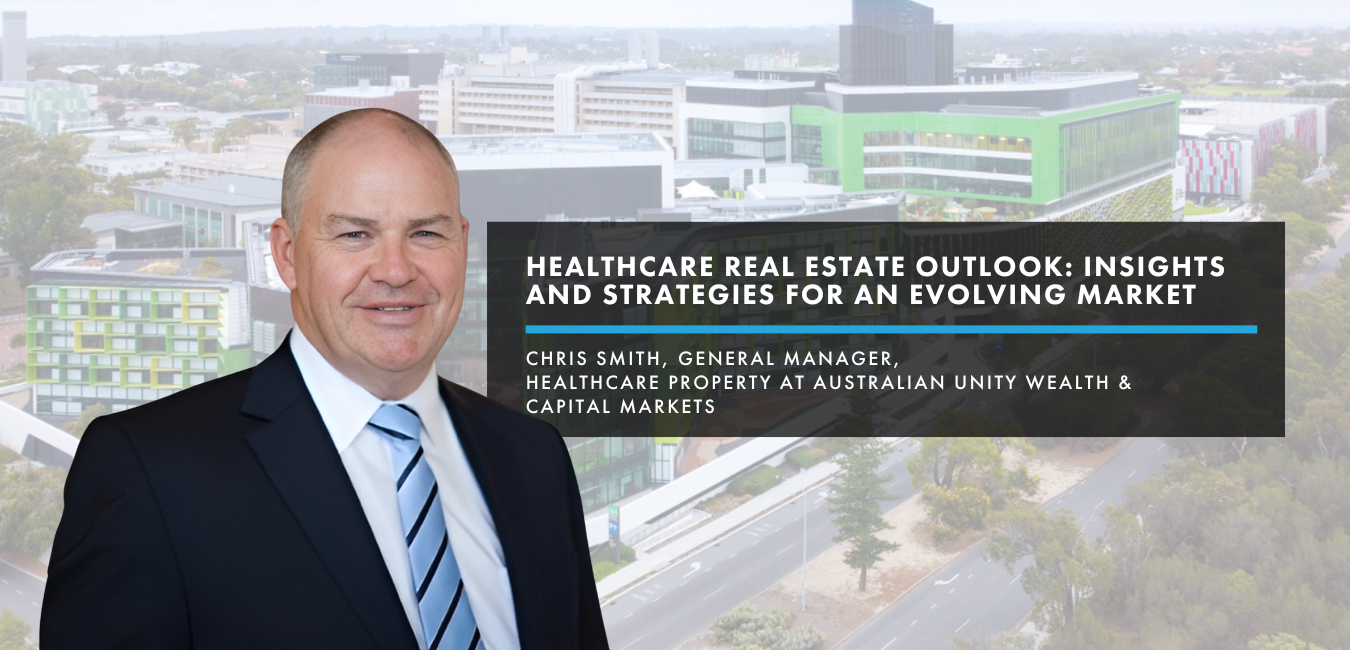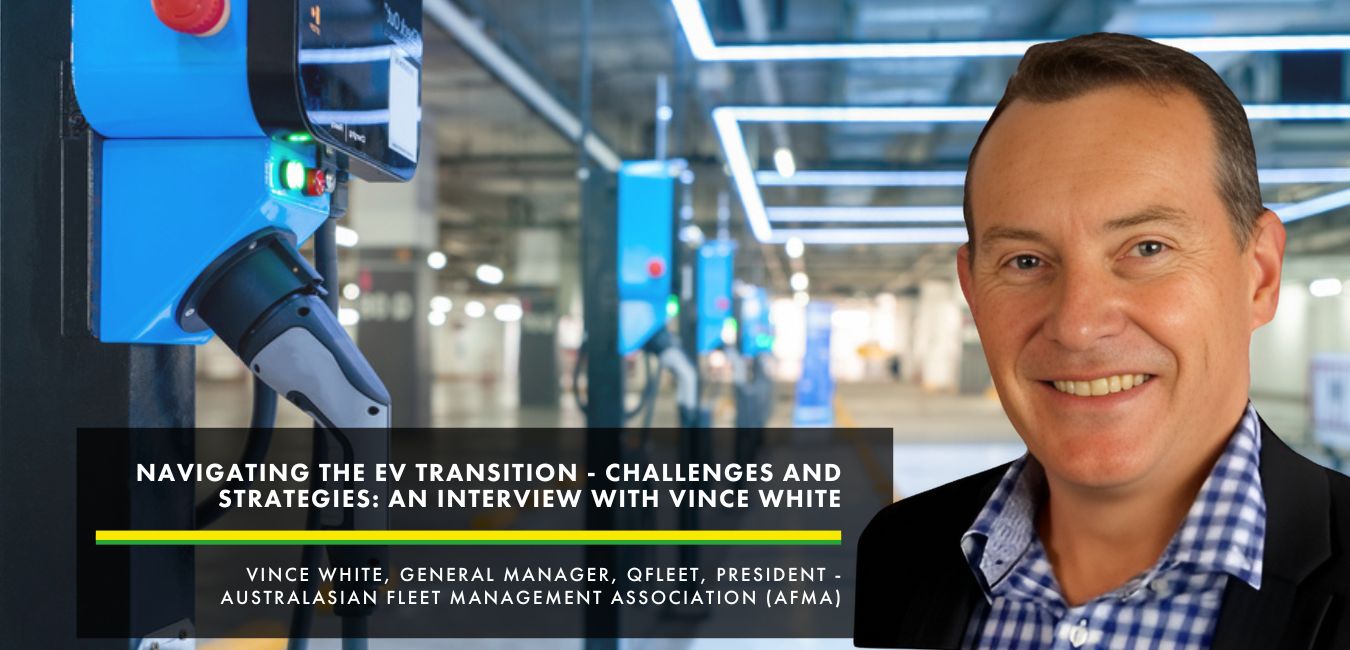What’s old is new again in industrial.
Charlotte Brabant is the National Development Manager for 151 Property. Leading the charge on changing old buildings and warehouses into fulfilling new purposes, Charlotte is an expert in a quickly growing and changing industry. We covered the impact of eCommerce on warehouses, the most important part of adaptive reuse, ESG, and overall trends in a recent chat.
FuturePlace: Thanks for joining us! Can you tell us about your current role?
Charlotte Brabant: I am the National Development Manager at 151 Property, a Blackstone portfolio company. Blackstone is a global leader in real estate investing with USD $230 billion of investor capital under management. 151 Property is a specialist manager of real estate in Australia and New Zealand. We have a proven track record of active management and successful repositioning of office, retail and logistics assets.
My focus is the Australian industrial portfolio. I’m responsible for greenfield developments as well as the major CapEx projects for our existing assets. I work closely with our Asset Managers to create the strategy and then facilitate or assist with execution. I also oversee any of our development fund-through acquisitions.
FP: What are the priorities in major CapEx investments? What comes first?
CB: When you look to acquire an industrial asset, it’s clear that location, access and proximity to infrastructure are all going to be very important. However, I personally believe that functionality is the most critical component for an asset’s success. How will a customer use this space? Is it efficient? Has it been designed to be flexible? Can it effectively support and streamline their operations?
And then, how does it support their strategic objectives? There is a growing demand for ESG initiatives such as rainwater harvesting, LED lighting, installation of solar panels on the roof and replacement of fixtures and fittings with more environmentally friendly ones. Many organisations are seeing the importance of committing to more sustainable operations.
Aesthetics matter as well. Increasingly, customers of our smaller infill assets are seeking environments to align with their culture and brand. It’s important the asset reflects their corporate image.
FP: You’re talking about the intersection of interior design and industrial!
CB: I was speaking to someone recently who was looking for interior design jobs in the office space and I suggested she look at opportunities within the industrial sector. It hadn’t crossed her mind and for many it doesn’t! But the office environment in industrial assets is becoming a significant priority.
The conversations I’m having with customers at the moment are about comfortable and design-led work environments. They want to attract and retain employees and also foster a positive sense of wellbeing for their people. The quality of offices in industrial have really improved over the past ten years. Many now have a larger space allocation towards amenities like outdoor spaces with BBQ and seating areas, large kitchens and lunchrooms with natural light and spacious, well-appointed bathrooms.
FP: What about adaptive reuse in industrial?
CB: Adaptive reuse is becoming more prevalent in the industrial sector. Especially given the dramatic increase in e-commerce and online shopping in Australia. Our customers need to be close to their customers and ensure the “Last Mile” is as economically viable as possible. This means older, redundant buildings in urban areas need to be transformed into new uses to facilitate the growing demand for industrial space. At 151 Property, we have a number of older buildings that we’ve redeveloped or looking to develop into new uses.
One example is at a large industrial estate in Dandenong South in Victoria where one of the buildings was a small, red brick commercial building that was being used as a data recovery centre. Over time, the customer withdrew its employees from the building and vacated.
At the same time, we had a key customer in one of our other facilities with a requirement for a larger warehouse and office facility however at we didn’t have the land in that area to facilitate that. So we repositioned the 1970’s red brick data recovery facility by connecting it with the adjoining vacant warehouse via a weather-protected structure and turned it into a cutting-edge headquarters for an important customer. A fantastic outcome.
FP: What’s one of the biggest challenges when you go in to redo these buildings?
CB: One of the biggest challenges for me has been not having sufficient information about the asset when preparing the asset strategy. These buildings can be aged and have passed through a number of hands. So sometimes the as-builts or base building data is not available.
We focus a lot on due diligence through the acquisition phase, but sometimes the information just doesn’t exist. This makes it more difficult to scope, accurately budget and program for the project because to the unknowns or compliance items that need to be de-risked before starting. You can find some really interesting things once you start to explore these old buildings!
FP: Do any of the buildings have digital records?
CB: Very rarely. A typical industrial building is not so complex that it requires digital building records.
FP: How long do you think it will take for the industry to change?
CB: As industrial facilities become more specialised with integrated fitouts and operational software it will move from being increasingly prevalent to a fundamental necessary.
FP: What are some trends you’re excited about in the space?
CB: One of the trends I am most excited about in industrial is that is has been re-rated as an asset class and is no longer the poor cousin to retail and office. This has resulted in the population gaining more awareness for the sector not only as an investment thematic, but also as a sector of choice for jobs and opportunity.
I’m also excited about the increase of female participation in the sector and the groundswell of support behind it. This is a passion of mine and something I have been championing with female peers through the establishment of the Women in Industrial Association. It’s a membership organisation that aims to promote the industrial sector as a career path for women and increase female representation by providing networking opportunities and promoting the achievement of the women within the sector.
Then there’s sustainability and how the broader industrial sector is embracing ESG. Historically, sustainable building features on new developments were considered “optional” and customers were ambivalent to their existence. However these days, ESG is one of the first things we discuss with our customers and can be the deciding factor as to whether a customer will partner with you on a new development or not.
And finally, what we have seen recently in Australia is the supercharging of eCommerce due to COVID-19. This has dramatically increased the demand for industrial space. In Sydney and Melbourne, the vacancy rates for warehouses is less than 1%.
COVID-19 also showed us that supply chains can be vulnerable and the efficient management of freight is a huge issue. A shutdown in China can cause two weeks of delays and business can’t be susceptible to that anymore. As a result, businesses have gone from the just-in-time to the just-in-case scenario. All of this will continue to drive the demand for the industrial sector in Australia. It’s exciting times ahead.
Industrial Real Estate Summit
Charlotte will be speaking at our Industrial Real Estate Summit, taking place on 10 November 2021. Get insights on how global e-commerce, together with shifts in customer delivery expectations and technological innovation, are driving major developments in the logistics sector.

